Written by Guest Contributor on The Prepper Journal.
Editors Note: A guest submission from Cormac to The Prepper Journal. The next Prepper Writing Contest Award is coming! As always, if you have information for Preppers that you would like to share and possibly receive a $25 cash award as well as being entered into the Prepper Writing Contest AND have a chance to win one of three Amazon Gift Cards with the top prize being a $300 card to purchase your own prepping supplies, then enter today!
If you are fortunate, you won’t ever have to depend on an emergency radio. However, they are an essential item that you should have in your emergency kit. Emergency radios are not all the same, and purchasing one that is reliable isn’t as simple as just grabbing one from off the shelf. The following are some of the features you should look for when buying a radio for your emergency kit.
We at The Prepper Journal have already provided you with a comprehensive guide on what you should do before, during and also after a disaster strikes, and showed you an excellent short-term disaster kit along with some ideas for creating a long-term survival kit in the event that help does not arrive for a while. An emergency radio is one of the essential items for your emergency kit. It will enable you to get disaster and weather from the NOAA (National Oceanic and Atmospheric Administration), so you can be alert and prepared for whatever is occurring in your local area, from chemical spills to Amber Alerts, to tornadoes, fires and more.
In addition, although an emergency radio’s main purpose is keeping you informed and in contact with authorities during a disaster situation, the best emergency radios not only do do this and also do much more. A quality model can help light your way during the night, keep all of your devices charged, and keep you connected with some entertainment and the rest of the world while you are waiting for help to arrive and roughing it.
How To Select An Emergency Radio That Is Reliable
Emergency radios are available in all shapes and sizes, and if you fail to look at them closely enough you may think of them as a commodity – that all you need to do is grab one and you will be prepared for emergencies. However, before you do this, there are several things that you should consider first:
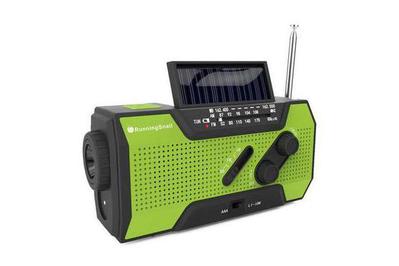
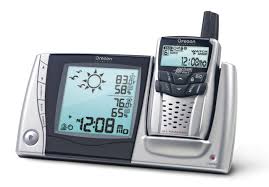
Stick with the Basics: A majority of people need to have a radio that delivers NOAA alerts as well as other warnings, so before spending lots of money on a shortwave or two-way radio, think about whether or not you are going to need the other bands. If you are planning on communicating with other people, then you might want to have one. However, if your emergency radio’s primary purpose will be as a power-hungry connection with the outside world during an emergency, think about getting a standalone AM/FM receiver. It is important to have AM: NOAA alerts get send by way of AM radio, and although you might be able to turn into FM stations with your radio, if it is a severe disaster you might not be able to, and the AM radio’s longer range will be needed in order to receive important information.
Look for logos that say “NOAA NWR All Hazards” and/or “Public Alert“: They are competing standards, but both of them were developed along with the National Weather Service and NOAA. In particular, the Public Alert notes that specific technical standards have been met by the radio, including being able to receive area-specific alerts, plug into external devices such as vibration devices for individuals who are visually impaired and lights for hearing impaired individuals, as well as the ability to hear a tone before the alert comes through. Make sure that the radio that you buy is branded with both or at least one of these stickers.
Look for Radios offering SAME (Specific Alert Message Encoding): SAME is a type of technology that allows you to specify certain areas for emergency warnings. That way you will receive notifications whenever there are any disaster warnings for the specific region, county or city, instead of just state or multi-state areas.
Purchase a Radio that can be operated from Multiple Power Sources: Of course, it is a must to have a battery operated radio so make sure that you store extra batteries inside of your disaster kit. You should also consider getting a radio that accepts power as well from an external source, such as an AC adapter for times when you have power and also comes with a manual charger such as a hand-crank for when you don’t have power. Most come with built-in solar panels as well. Emergency radios tend to not use a lot of power, but when you start adding more features, the power draw will be increased. If there are any extra add-ons you would like to have, then you need to ensure you will be able to keep it going so that it can fulfill its main duty: keep you aware of any relevant alerts. The most important thing is to make sure that you can charge the model by a hand-crank.
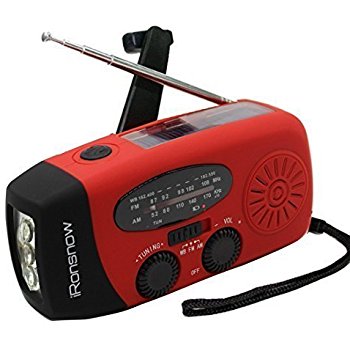
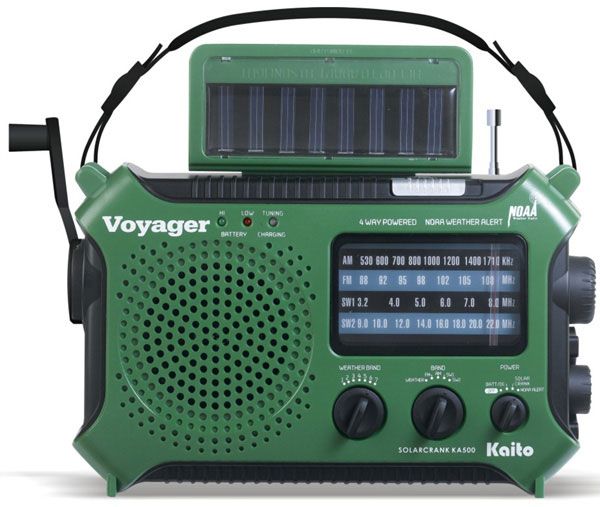
Select Optional Features: Decide which additional features you want your emergency radio to have. Some of the best come with on-board battery packs and can charge your other devices such as your tablets and phones. That might seem like it is overkill for an emergency – until your child needs to calm down and get a grip as their device charges so that you can again think clearly about what is occurring. I recommend a flashlight feature and some of the other features that are available include multiple programmable locations and stations, solar panels for additional charging, and rugged exteriors that can survive falls and drops. Some come with built-in speakers while others are portable and only can be used with earphones, which reduces their power consumption needs. Think about what your individual needs are and choose the additional features that you need as part of your disaster kit.
Keep in mind that not everybody needs to have a super-rugged disaster radio that can survive falling off of a mountaintop if your main need is getting emergency broadcasts from your home’s storm cellar during a tornado. Power-efficiency, a large battery, and a flashlight are much more important. A waterproof model should be a priority especially if you happen to live in a floodplain. All things used outside eventually get wet.
Follow The Prepper Journal on Facebook!
The post Tips For Choosing An Emergency Radio appeared first on The Prepper Journal.
from The Prepper Journal
Don't forget to visit the store and pick up some gear at The COR Outfitters. How prepared are you for emergencies?
#SurvivalFirestarter #SurvivalBugOutBackpack #PrepperSurvivalPack #SHTFGear #SHTFBag

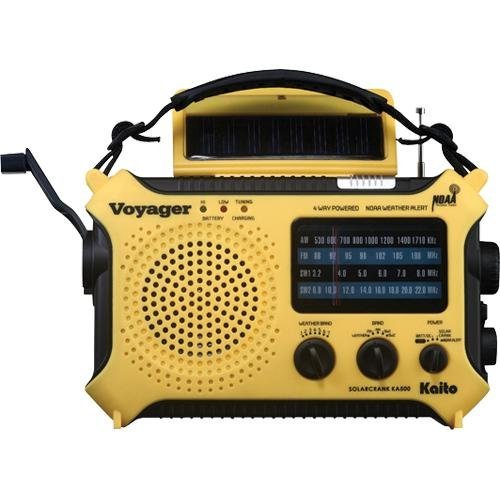
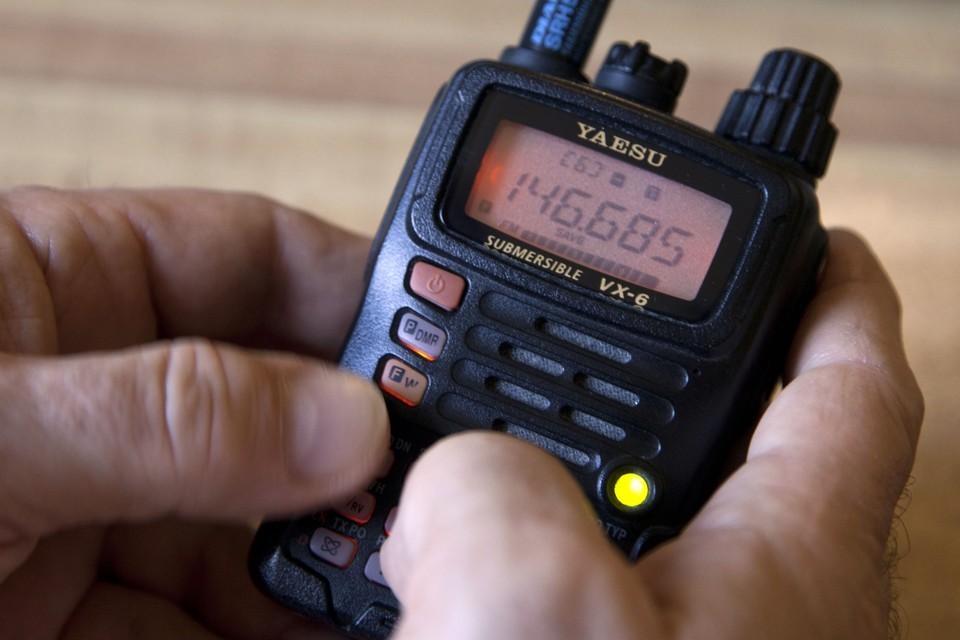
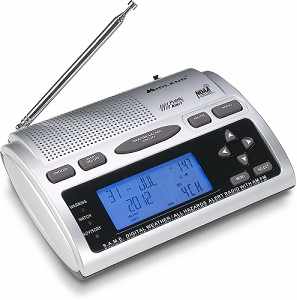

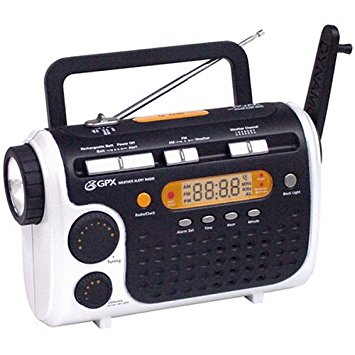
No comments:
Post a Comment